Rabbits are observant little creatures, always watching, always alert. One second, they're relaxed and loafing out on the floor, and the next, they're bolting across the room. What made them move? What did they see? If you've ever shared your space with a bunny, you've probably wondered what life looks like from their point of view.
Click Here to Shop Rabbit Products.

Let's dig into the details of rabbit eyesight—from how they see color to how they survive with a nearly 360-degree view of the world around them.
Attributes and Adaptations of Rabbit Eyesight
They See the World Differently Than We Do
Rabbits don't see in black and white, but their color vision is limited. Humans have three types of cone cells in the eye for detecting color: red, green, and blue. Rabbits only have two—green and blue. That puts them in a category known as dichromatic, meaning they can't differentiate red from green. To a rabbit, a red apple and a patch of grass might appear the same color.
So if you've been buying toys or bedding in colors you think your rabbit "likes," there's a good chance they're just humoring you. Still, color isn't everything. Their eyes are more specialized for survival than aesthetic preferences.
What Rabbits Lack in Color, They Make Up for in Night Vision
Rabbits are , meaning they are most active at dawn and dusk. These times of day have lower light, and rabbit eyesight is built for it. Their eyes contain more rod cells than cone cells, which means they're better at picking up movement and contrast in dim conditions.
They can't see in pitch-black darkness the way nocturnal animals like owls or raccoons can, but they do just fine when the sun is low. A softly lit room is usually enough for them to feel comfortable. This trait comes from their wild ancestry, where moving around during those quiet twilight hours kept them safer from predators.
Those Striking Red Eyes Aren't Just for Show
Ever met a bunny with pink or red eyes? It's not a magic trick—it's the result of low pigmentation in the iris. Without much melanin to mask them, the blood vessels behind the eye show through, giving off that red or pink appearance. This is especially common in albino rabbits, including breeds like the New Zealand White.
Some people worry that red-eyed rabbits can't see as well, but that's not the case. They can see just fine. However, their eyes may be a little more sensitive to bright light, which means a dimmer space is usually more comfortable for them.
The 360-Degree Vision That Helps Keep Them Alive
One of the most fascinating things about rabbit eyesight is how wide their field of vision is. Because their eyes are set on the sides of their heads, they can see nearly all the way around—up to 360 degrees. This setup gives them a huge advantage in spotting danger early, no matter where it's coming from.
There's just one little catch. Rabbits have a blind spot directly in front of their nose and under their chin. They can't see what's right in front of them. But don't worry—they make up for it with their sense of smell and those long, sensitive whiskers that help them detect close-up objects.
Farsighted by Nature
Rabbit eyes are designed for looking at things far away. That means they can spot a hawk or a fox approaching from across a field, but they struggle to focus on nearby objects. It's one of the reasons your rabbit might bump into your hand when you hold out a treat or sniff around to figure out what's in front of them.
It's not a defect—just part of their evolutionary design. In the wild, spotting threats early can mean the difference between life and death, so this adaptation works in their favor.

Depth Perception Is a Bit Tricky
When your eyes are placed far apart like a rabbit's, it cuts down on how much overlap there is between what each eye sees. That overlap is what gives humans their sense of depth. Because rabbits have very little binocular vision, they don't judge distance the way we do.
To get around this, rabbits do something called parallaxing. They move their heads back and forth slightly, which changes the perspective of what they're looking at. By comparing how things shift when they move, they can estimate how far away something is. You've probably seen your bunny tilt or bob their head—now you know why!
Rabbit Eyesight: How Light Affects Their Behavior
They Prefer Soft, Natural Light
Rabbits do well in natural light that mimics the rhythms of sunrise and sunset. Sunlight plays a big part in regulating their sleep and activity cycles. When possible, keep their enclosure in a space where they can experience some daylight—but not direct, glaring sunlight.
Bright artificial lights can be overwhelming, especially for light-sensitive rabbits. Fluorescent lights, in particular, may cause discomfort due to their flickering. Your rabbit will thank you for giving them access to cozy shade and a more mellow lighting setup.
They Blink Less Than You Think
While we blink around 15 times a minute, rabbits only blink about 10–12 times per hour. That's not because their eyes don't need moisture. Instead, rabbits have a third eyelid called a nictitating membrane. It acts like a clear windshield wiper, keeping their eyes lubricated and protected without having to close them completely.
This is another handy survival trait. Less blinking means they're more likely to spot movement and react quickly to danger. Even while they look calm and relaxed, their eyes are always on watch.
Keeping Rabbit Eyesight Sharp at Home
Don't Skip Those Eye Checks
Rabbits don't always make it obvious when something's wrong. Eye problems can develop slowly and often go unnoticed until they're serious. That's why it's smart to give your rabbit a quick visual check every day. Look for signs like weeping eyes, redness, swelling, or squinting. These could point to issues like eye infections, injuries, or dental problems that affect the tear ducts.
If something looks off, call your rabbit-savvy vet. Some problems clear up with eye drops or antibiotics, but others might need more attention. Ignoring symptoms for too long can lead to pain or even permanent vision loss.
Light and Shadow Matter More Than You Think
Your rabbit's environment should be set up with their light preferences in mind. Avoid placing their enclosure under direct lighting or next to bright windows. Let them have shaded areas and cozy hideouts to retreat to when things get too bright. Light plays a role in behavior, mood, and energy. When lighting is comfortable, your rabbit is more likely to be active, curious, and calm.
For indoor rabbits, try to keep lighting consistent with natural day-night cycles. If they live in a room with blackout curtains or no windows, consider opening the shades during daylight hours or using full-spectrum lights for a few hours a day to support healthy rhythms.
Make Space Easy to Navigate
Because rabbits are farsighted and have that front blind spot, their living area should be easy to move through. Keep the layout predictable—move things around too often and you'll throw them off. Make sure ramps are secure, ledges have guardrails, and there's plenty of room to hop without bumping into obstacles.
Keep in mind that older rabbits, or those with vision issues, may struggle even more. Adding textures, like mats or rugs in specific areas, can help them orient themselves by touch and smell.
Watch for Eye-Strain Signals
Even though your rabbit can see well in low light, too much brightness can be uncomfortable. If your rabbit seems to squint during the day, hide more often than usual, or acts restless, the lighting might be too intense. Consider dimming the room or offering shaded sections in their enclosure.
On the flip side, total darkness can stress some rabbits out, especially if they hear sounds they can't identify. A night light in the room, especially one with a red or amber tint, can help them feel safer without disturbing their sleep-wake rhythm.
Vision Issues Can Be Easy to Miss
Partial or full vision loss might go unnoticed unless you know what to look for. Rabbits with declining eyesight might bump into things more often, hesitate before jumping, or rely more on their sense of smell and whiskers to explore. You may also notice more head bobbing or tilting as they try to compensate with parallaxing.
If you suspect your rabbit is having trouble seeing, don't test them by suddenly moving objects near their face or shining lights in their eyes. These methods can be stressful and unsafe. Instead, observe their normal behavior and consult your vet if anything seems off.
Fascinating Rabbit Eyesight Facts
They Can Sleep With Their Eyes Open
That's not a myth—rabbits really can sleep with their eyes open. Their third eyelid, or nictitating membrane, keeps the eye moist while offering protection. This also gives them a strategic edge, as they appear alert even when snoozing. It's a leftover survival trait that served them well in the wild.
Eye Color Doesn't Affect Sight—But It Can Affect Sensitivity
While rabbits with blue or red eyes don't see better or worse than brown-eyed rabbits, they are often more sensitive to bright light. That sensitivity is why they sometimes prefer darker areas or blink more often under harsh lighting.
Young Rabbits Open Their Eyes Around 10 Days Old
are born blind and stay that way for the first 10–12 days of life. Once their eyes open, their eyesight develops quickly, helping them learn their surroundings fast. That early development stage is important for socialization and learning spatial boundaries in their nest and beyond.
How Rabbit Eyesight Compares to Other Pets
If you've owned other animals like dogs, cats, or guinea pigs, you might be surprised by how unique rabbit eyesight is in comparison. Unlike dogs, who rely heavily on scent, or cats, who excel in dim light and can focus sharply, rabbits live in a world shaped by motion detection and peripheral vision.
Guinea pigs share some similarities—they also have eyes on the sides of their head and a wide field of vision—but rabbits generally have even broader sight coverage. Cats, meanwhile, can see in near-total darkness, thanks to a high number of rod cells, but have a much narrower view than rabbits.
This makes rabbit eyesight uniquely adapted for detecting threats in wide-open areas—like a field or meadow—where predators might sneak in from any direction.
Ready to Learn More About Rabbit Sensory Behavior?
Once you understand how rabbits see the world, it becomes easier to connect with them and support their needs. Their vision might not work like ours, but it's incredibly effective for their lifestyle.
If you're curious about how their eyes relate to other parts of their behavior, such as whisker use, movement, and communication, check out our post on why whiskers matter. You'll discover just how connected their senses are.
Final Thoughts on Rabbit Eyesight
Rabbit eyesight is a perfect example of how nature shapes animals to thrive in their environment. From their wide field of view to their night-friendly vision, everything about their eyes tells a story of survival and awareness.
For rabbit owners, paying attention to lighting, eye health, and behavior around sight can make a big difference. Even small changes—like adding a shaded spot or doing a daily eye check—can help your rabbit feel more comfortable and confident in their space.
Key Takeaways:
Rabbits have near-360-degree vision but struggle to see what's directly in front of them.
They see blue and green but not red, and are naturally farsighted with limited depth perception.
Comfortable lighting and regular eye checks can support long-term vision health.
Want to give your rabbit the best setup possible? Take a look at our habitat guide for ideas that match how rabbits see and interact with their world.
Rabbit vision isn't just interesting—it's essential to how they live. And now you know how to help them see their world even more clearly.






























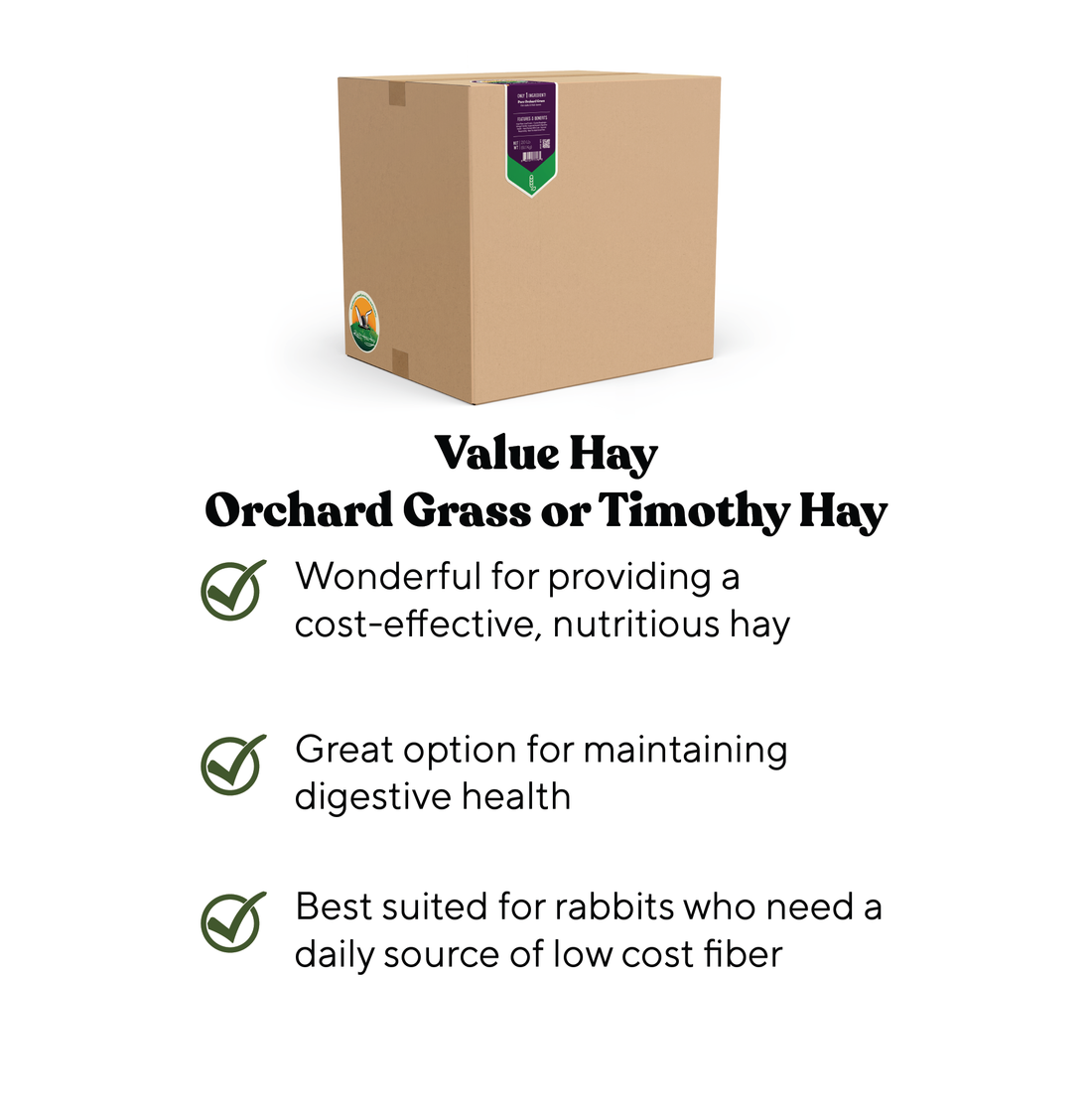


























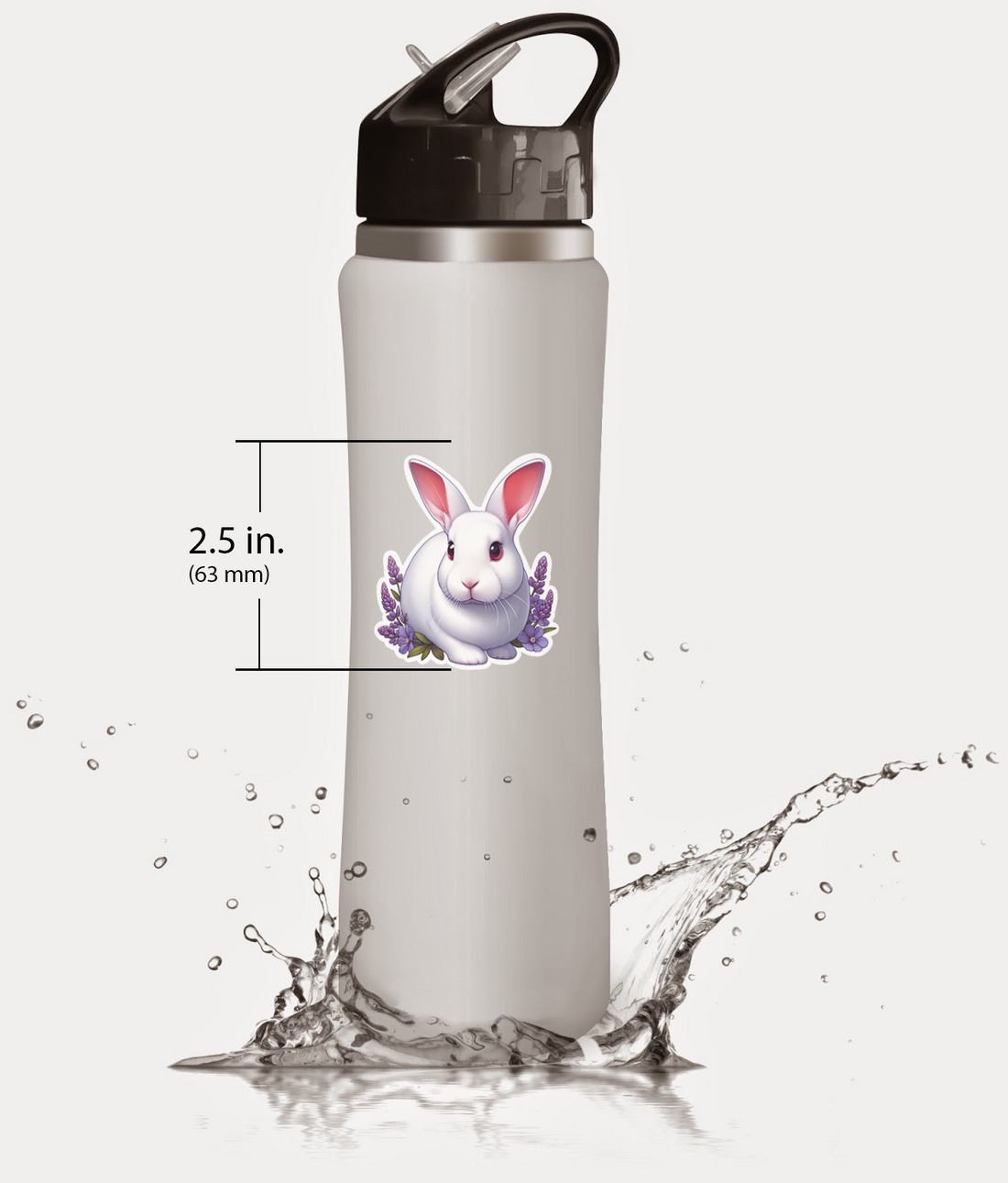





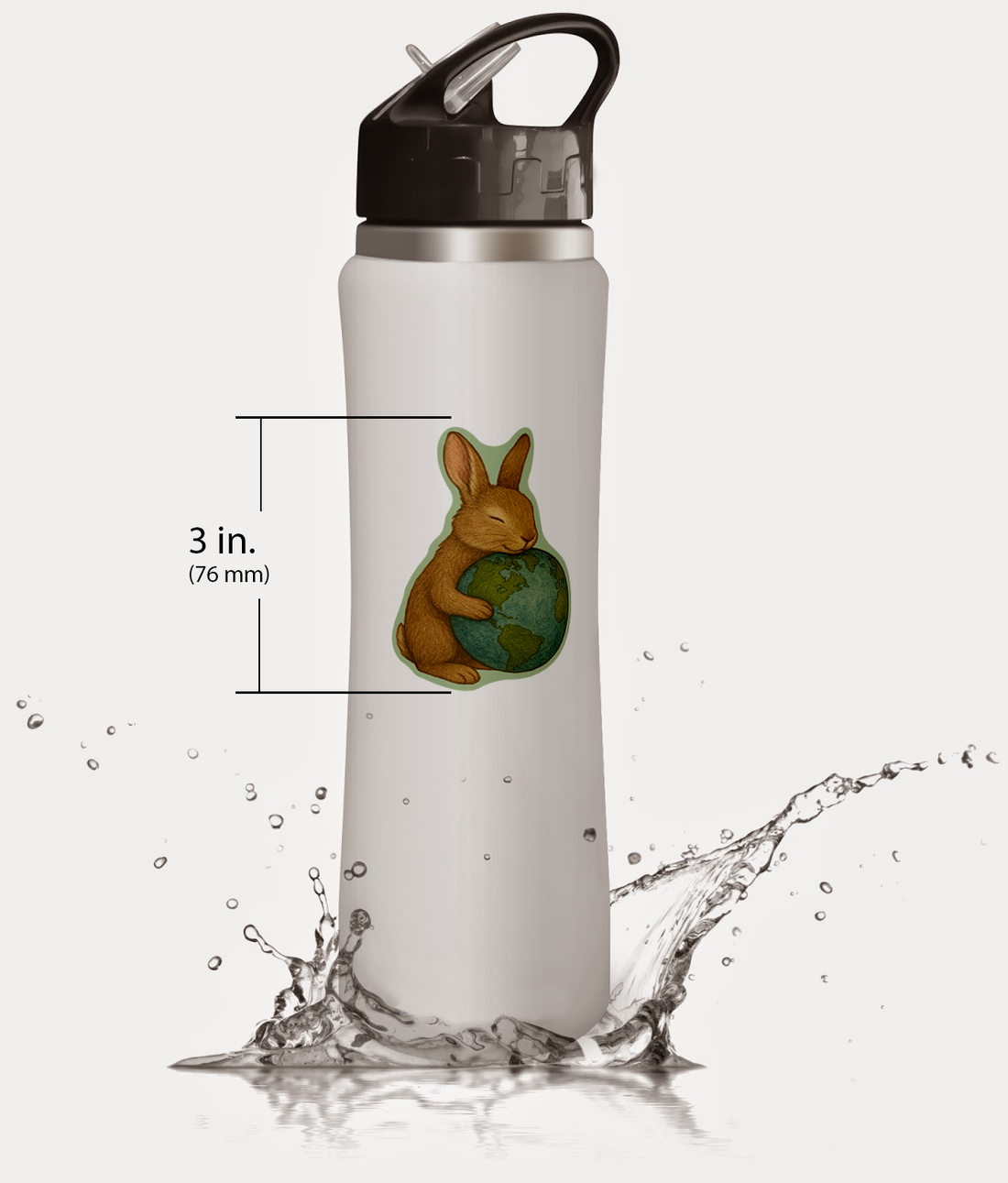


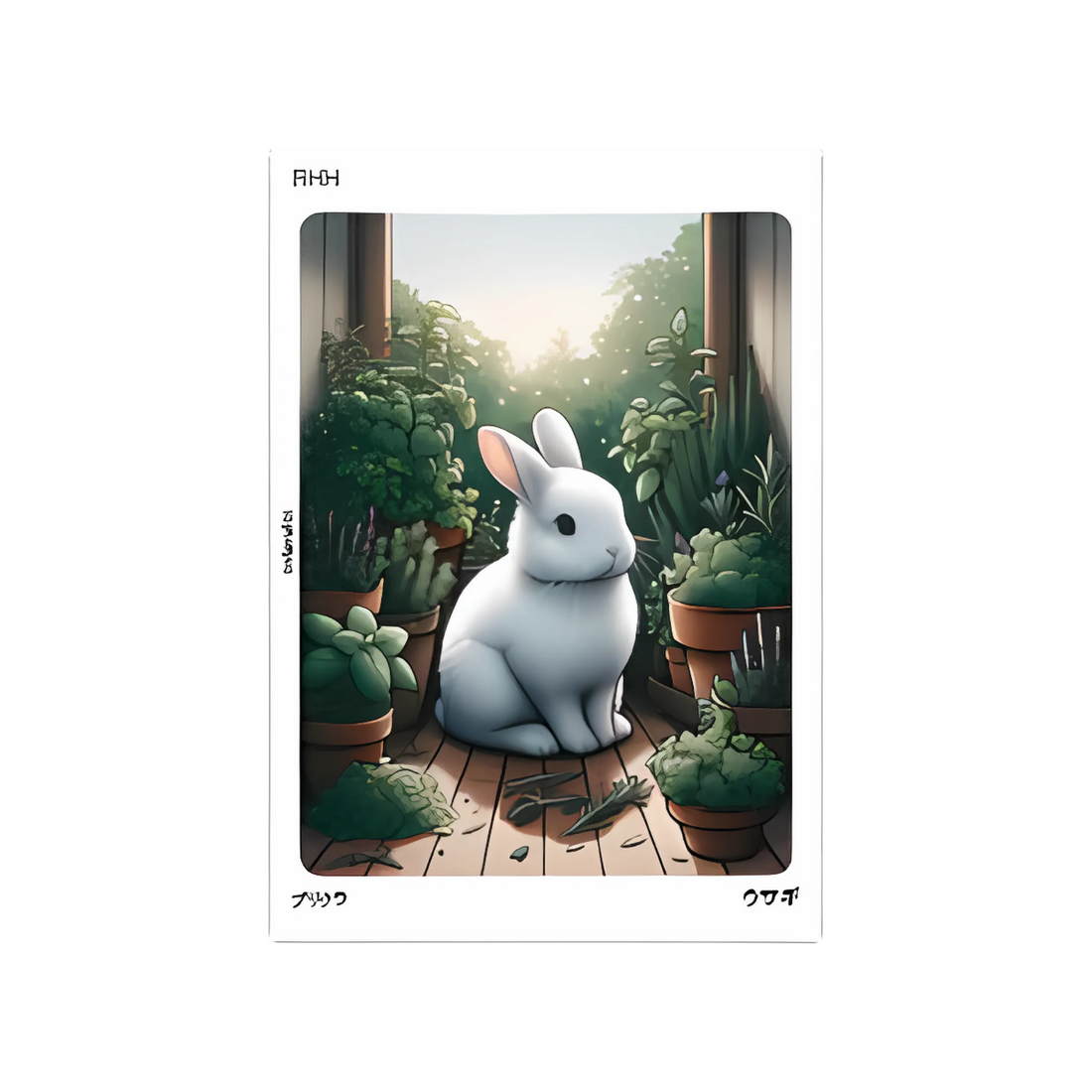























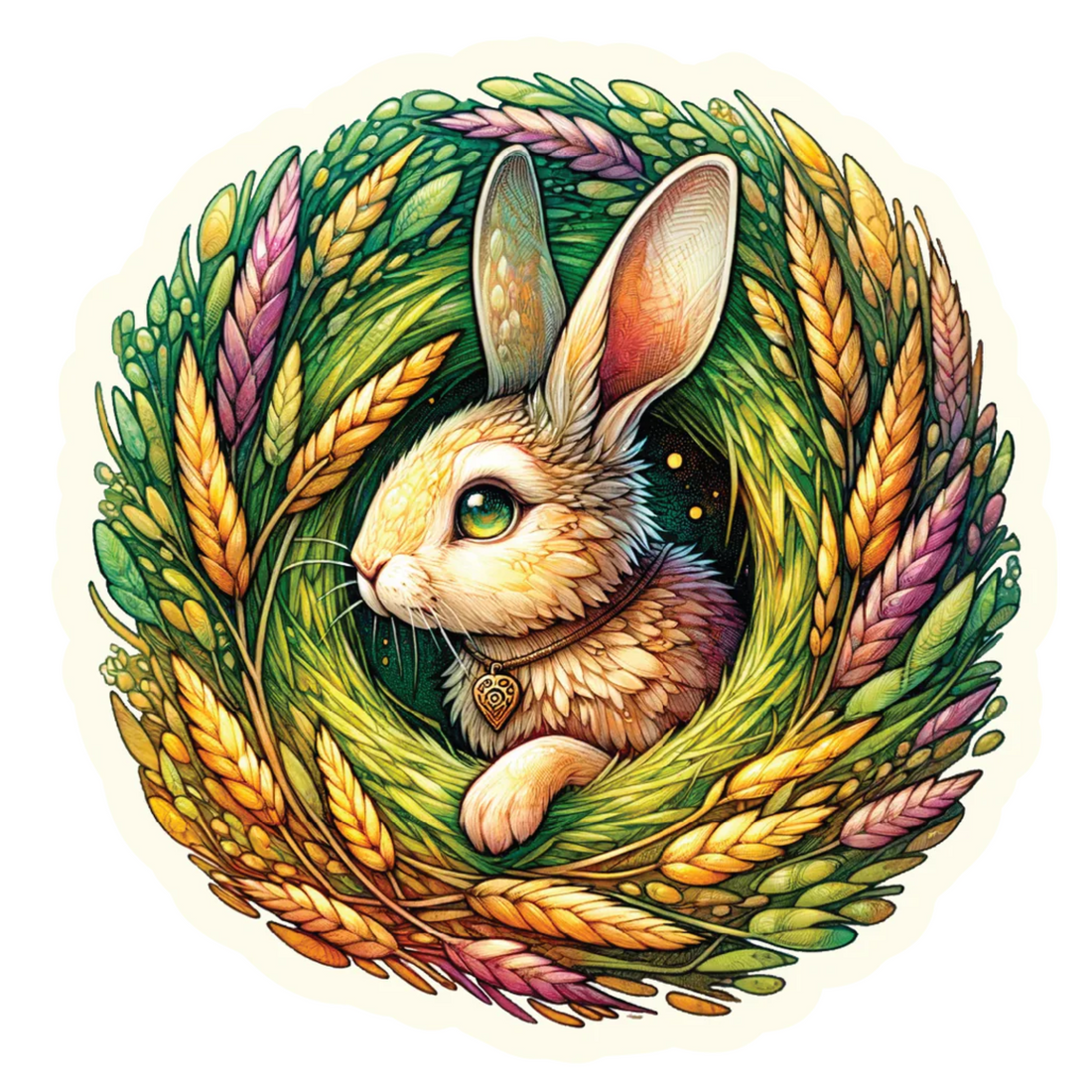




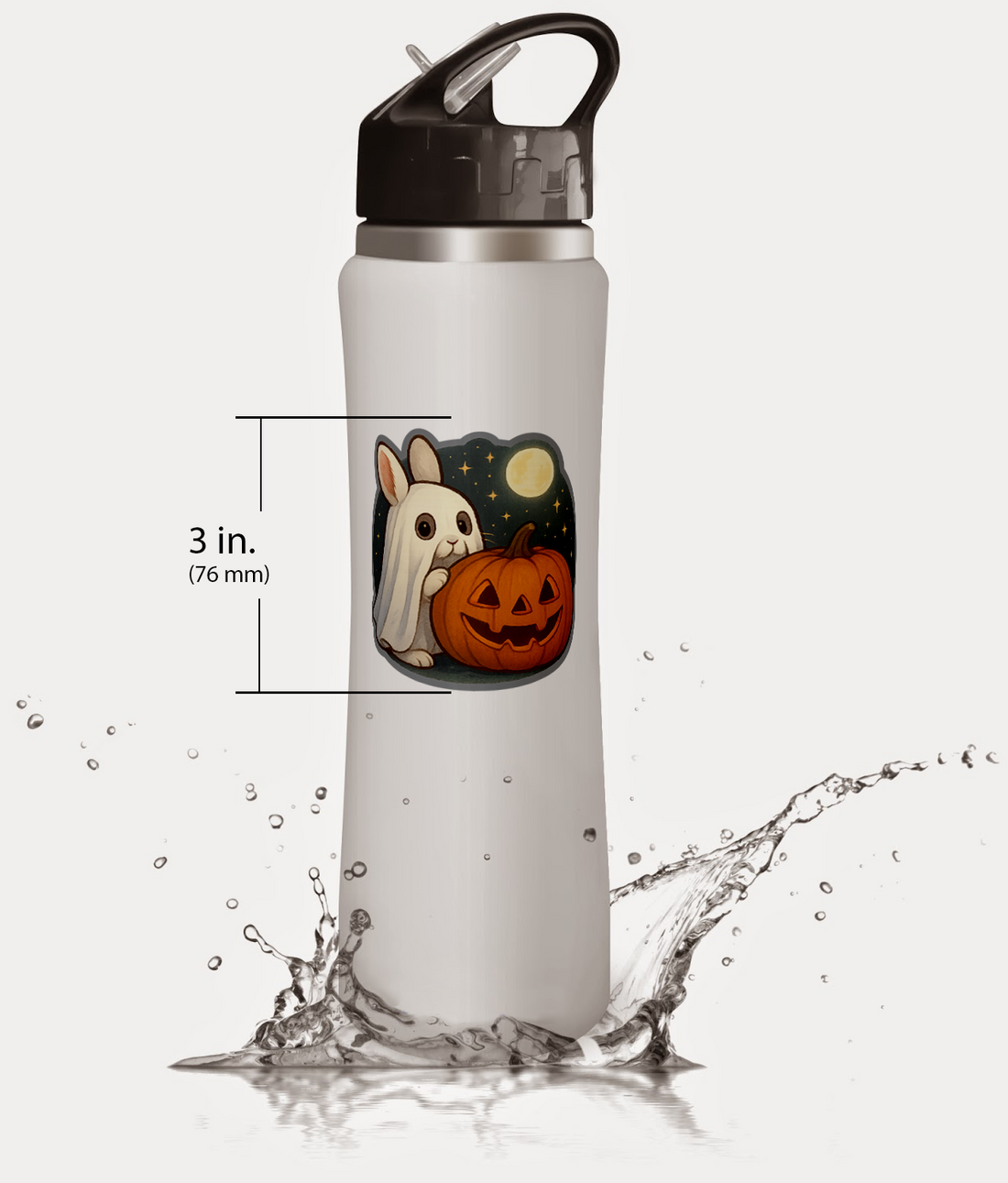





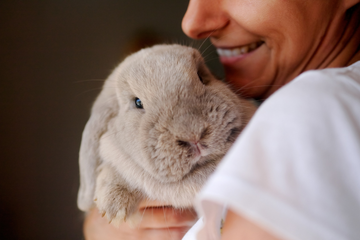
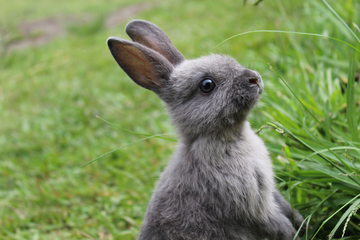


Comments